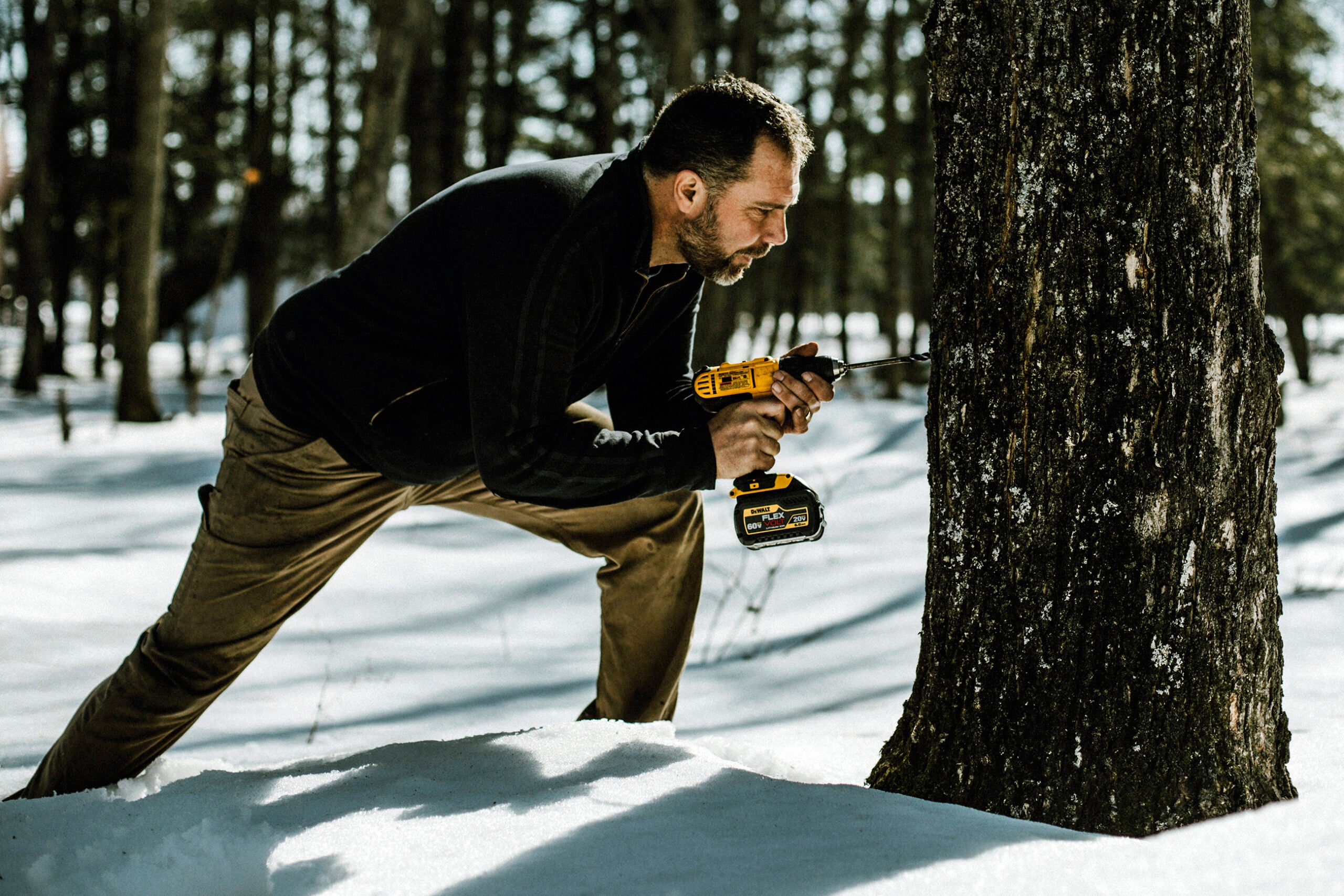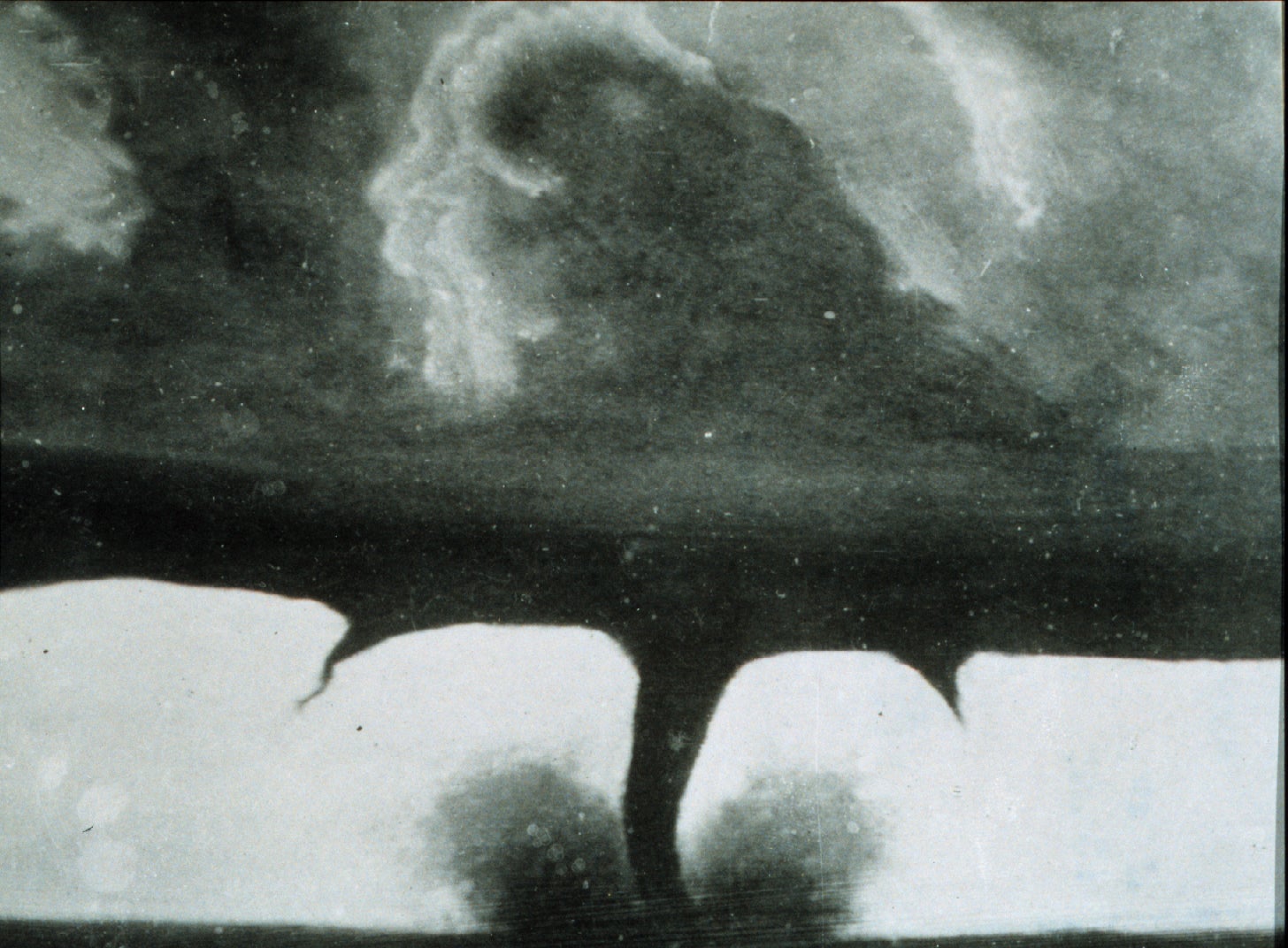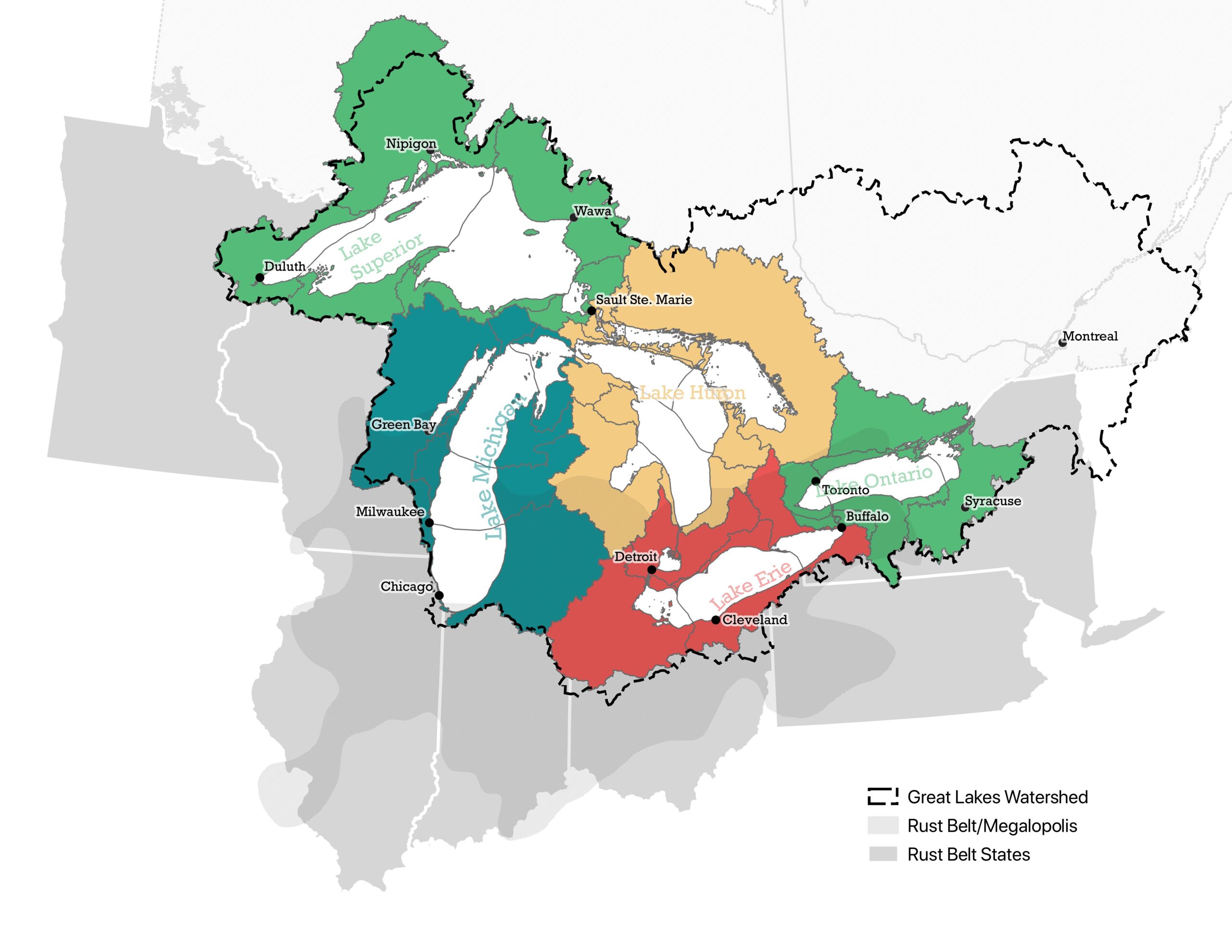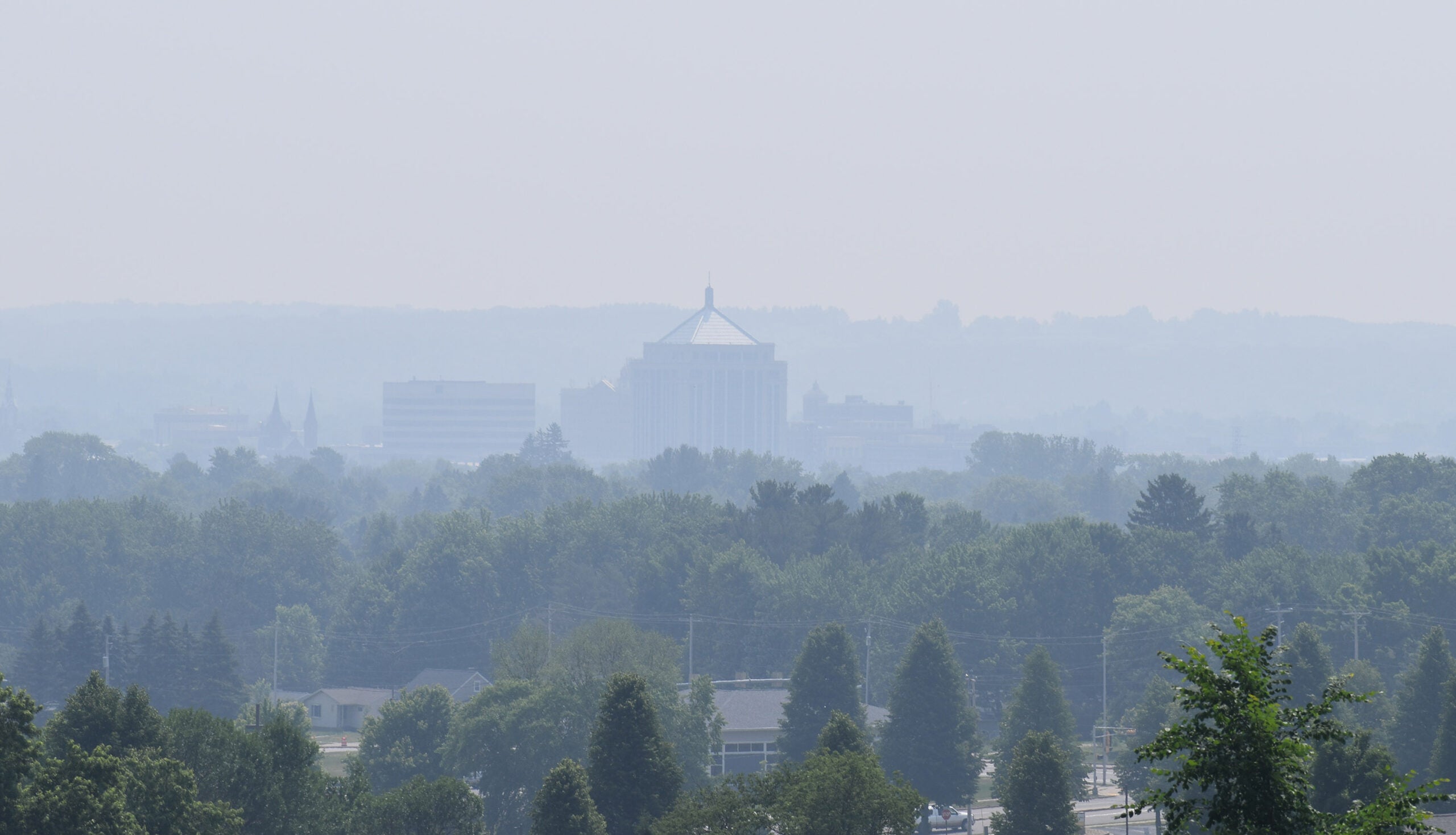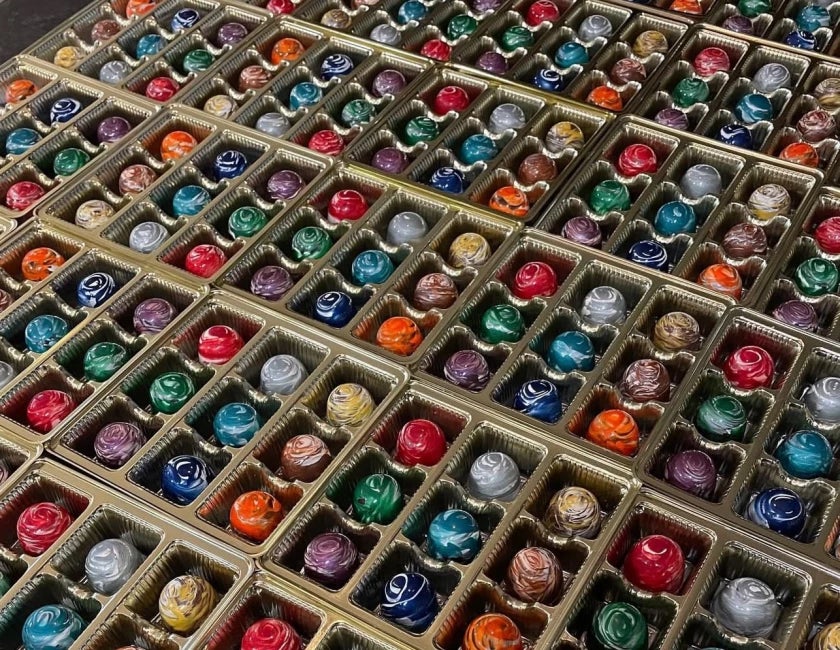During a strangely warm winter that made maple trees ready to share their sap earlier than usual, a Wisconsin forestry outreach specialist found a constant: The state still has a lot of trees ripe for tapping.
While Wisconsin trails Vermont, New York and Massachusetts for maple syrup production, Wisconsin has more untapped maple trees than any other state, according to Tony Johnson, a natural resources educator for the University of Wisconsin-Extension.
“There is a lot of room for growth,” Johnson said recently on WPR’s “Central Time.”
News with a little more humanity
WPR’s “Wisconsin Today” newsletter keeps you connected to the state you love without feeling overwhelmed. No paywall. No agenda. No corporate filter.
Sap flowed early this year in many parts of the state thanks to a warm January and little snowfall, Johnson said.
The Wisconsin Maple Syrup Producers Association holds its first tree tapping event in the middle of March annually. “Maple Syrup Month” runs from March 15 to April 15. But Johnson said a lot of syrup producers in Wisconsin are already wrapping up their seasonal production.
“It has been very, very abnormal,” he said. “Producers in the state know that you have to be ready for whenever the weather is right.”
Johnson will wait for results from the annual U.S. Department of Agriculture survey of producers to gauge what this year’s weather means for syrup production. If he had to guess now, he said Wisconsin is a little behind its normal production levels.
Grants from the federal department are helping Johnson and the UW Extension understand the needs of producers. The funding could help initiatives like assessing energy efficiency for large-scale producers or eliminating barriers for small-scale producers who tap trees with relatives.
Seeing room for growth in Wisconsin, Johnson offered advice on “Central Time” for people who want to make their own maple syrup.
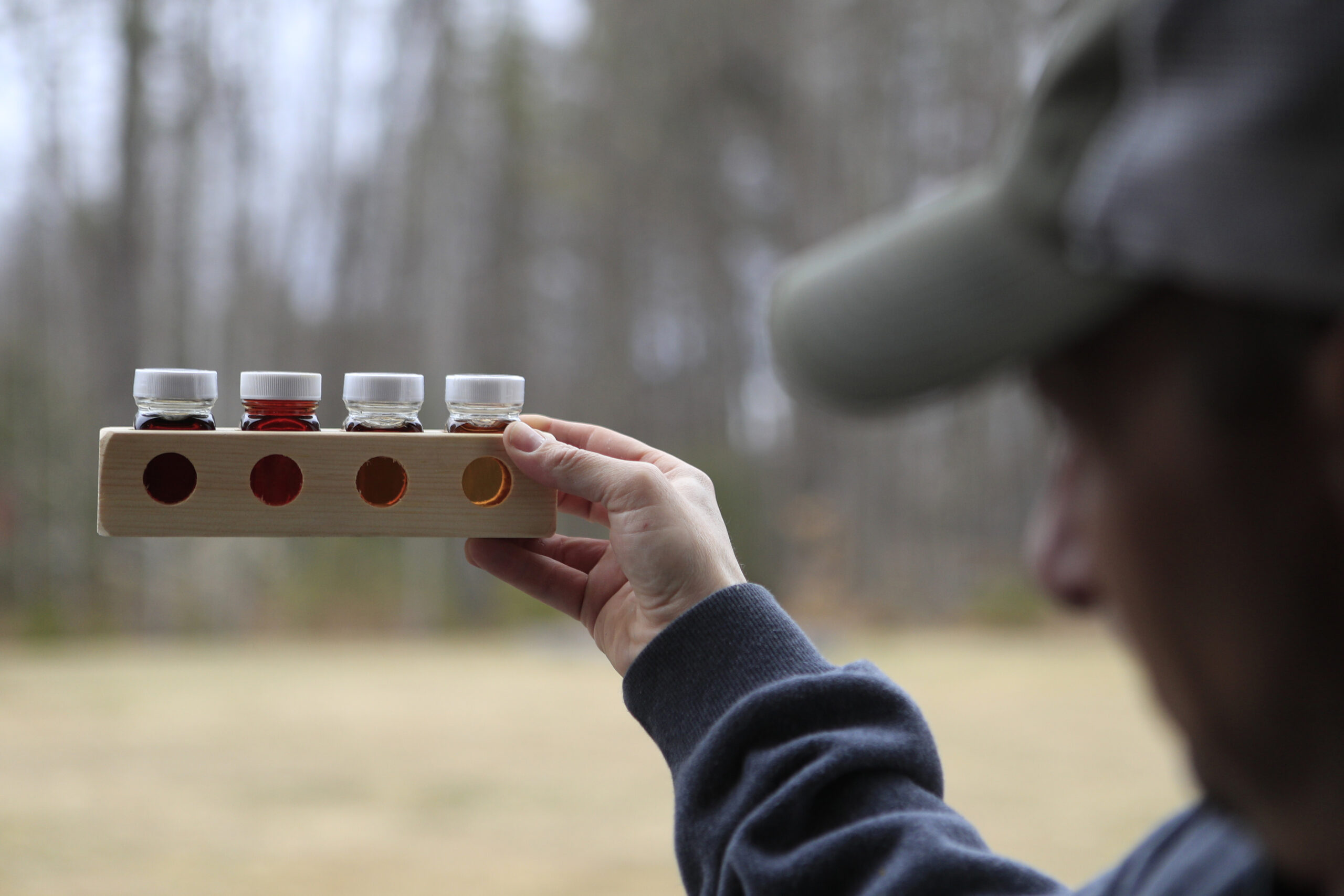
What do you need to get started?
It all starts with proper tree identification. Wisconsin has a great supply of maple trees. The sugar maple has the highest sugar content of the maple species, Johnson said.
“That’s going to probably be the preferred tree for folks,” he said, adding that good alternatives include red, silver and boxelder maples.
Tapping trees to make syrup is a pretty affordable hobby. Producers may acquire a drill bit to put a small hole into the tree, a spile or tap to go into the hole, and a bag or bucket to collect the sap. Bags designed to collect maple syrup are at hardware stores, he said.
Next, producers should hold the sap in a bucket or cooler until they are ready to cook the sap, which is perishable and should be kept at a cool temperature.
Cooking the sap down to the syrup could only need a stockpot and a propane burner. Johnson uses stainless steel buffet pans to hold the sap over a fire until it reaches the consistency of syrup.
“The general rule is about 40 gallons of sap to make one gallon of syrup,” he said. “That is why we advise folks when you’re cooking your sap down — to do that outside. If you’re evaporating that much water off in your kitchen, your wallpaper is going to probably peel off.”
What weather is best for producing sap?
Spring is typically sap-tapping season because temperatures fall below freezing overnight and warm up during the day. The freeze-thaw cycle creates pressure inside the tree that allows the sap to run to the buds in the outermost branches, as long as the maple tree is sealed elsewhere.
“You’ll have those periodic flows during the warmest parts of the day,” Johnson said.
How long does a tree take to be a good producer?
This depends on site conditions around the tree. Optimal circumstances include plenty of water and light, as well as protection from competition from other plant life.
Johnson generally advises producers to wait on tapping a tree until it reaches 10 inches in diameter at chest height.
“That will allow you to sustainably tap that tree into perpetuity from that point on,” he said. “With all those caveats, I would say you’re going to have well over a decade before those trees are potentially tappable.”
READ MORE: Maple tapping season begins earlier than usual
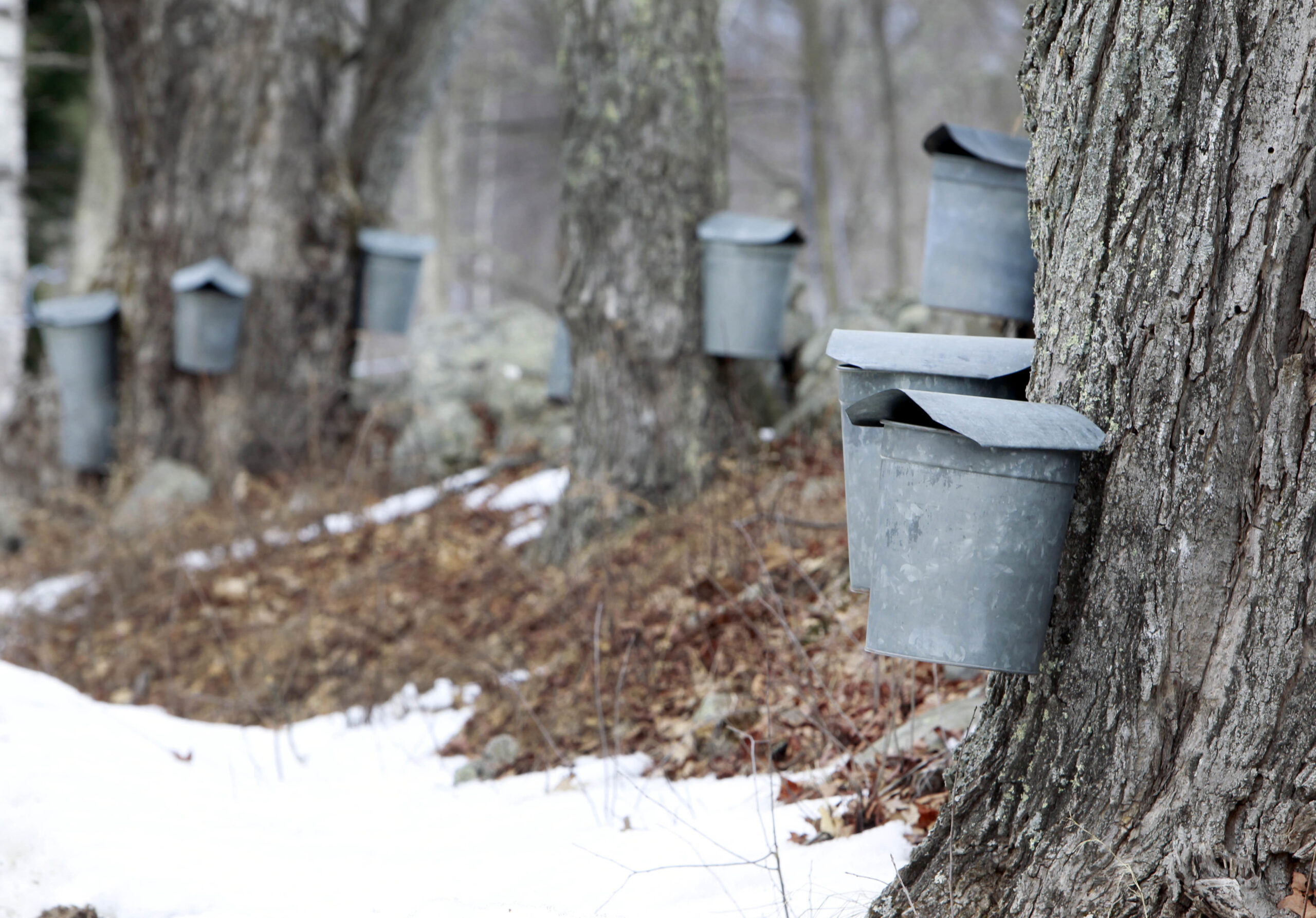
Wisconsin Public Radio, © Copyright 2026, Board of Regents of the University of Wisconsin System and Wisconsin Educational Communications Board.
